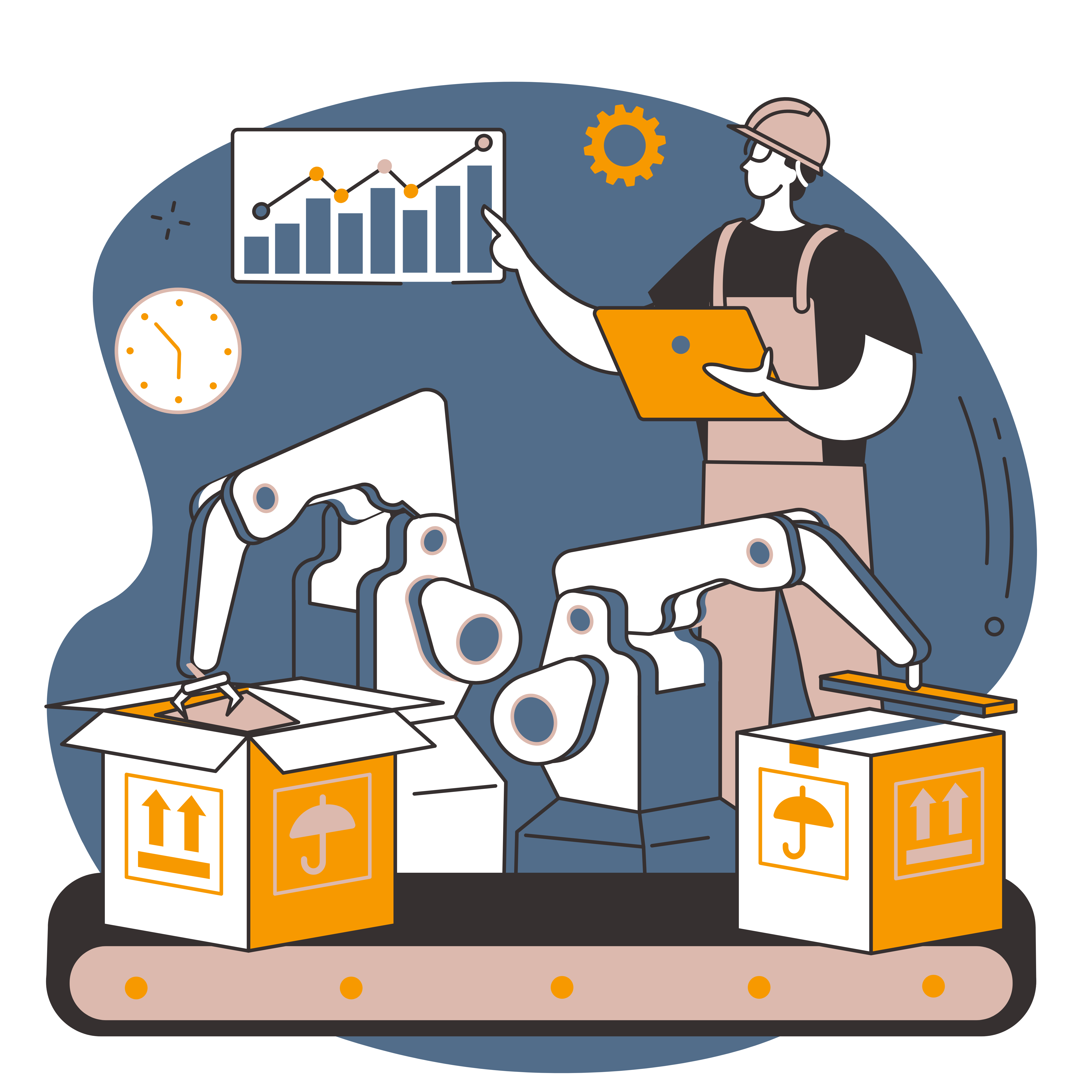

8 Things Your Brand Should Know About Your 3PL
When brands are kicking the tires on a new fulfillment provider, they ask a lot of questions related to their business. We have a wild Black Friday. How do you plan for peak volume? Some of our products are hazmat. What’s your approach? We’re planning to expand into Europe. Have a footprint there?
Knowing what you know you need to know is good. But you don’t always know what else you need to know. (Those two sentences were fun.)
Tongue twisters aside, here’s a shortlist of things every brand should know about their prospective fulfillment partner – whether they know to ask or not.
1. Tech Stack and Integrations
“We have robust cutting-edge technology,” said every 3PL ever.
Unfortunately, that doesn’t say much of anything at all. Brands need to drill deeper and understand what type of software their prospective 3PL uses. Did they build it in-house? Is it outsourced? What does that mean for support and customization? Is it cloud-based? What are the backup and risk mitigation protocols? What can it actually do? Can it integrate with ERPs, returns management systems and ecommerce platforms? Are those integrations plug-n-play or custom?
If a brand can learn one thing from the technology conversation with a potential fulfillment partner it’s this:
Requirements will change over time. Is the 3PL I’m talking to right now built for that?
2. Scalability
Again, all 3PLs will tell a brand that they can scale with their clients. But what brands need to know is how. What type of material handling equipment (MHE) do they have? What CapEx, or capital expenditures, are allocated towards handling peak and/or overall increasing volume? Does the 3PL have to scramble to bring on new staff or do they have tech solutions (i.e., robots) at the ready to support spikes?
Bottom line: Preaching scalability is one thing. Understanding how scale happens is another.
3. Geographic Footprint
All fulfillment providers will detail their locations for the purpose of showing the prospective client that they have the ability to bring the brand closer (and faster) to its customers, wherever they are.
This is a preliminary qualifier.
But brands should drill into the inner workings of a 3PL’s geographic footprint. While having warehouses in say, New Jersey, Indianapolis and Los Angeles, sounds ideal to a brand with customer clusters in and around those regions, it’s not an apples-to-apples comparison. The 3PL should explain that real estate costs are different across markets. That can impact pricing. Capitalizing on multiple locations also has inventory – and thus cost – implications.
Make sure you get the full story on your 3PL’s locations and what they mean for your bottom line.
Bonus Tip: When a 3PL tells you its locations, ask if they are actually theirs or a network of providers, often referred to as a 4PL.
4. Actual Shipping Costs
Shipping costs can account for upwards of two-thirds of the total cost of ownership when selecting a new partner. Don’t overlook or under value this area. Brands should ask for a look under the hood because oftentimes, the cheapest 3PL on paper will have hidden costs, shipping-related or otherwise.
5. Your Future Square Footage
Brands tend to look at their warehouse square footage needs in real-time. Short-term at best. 3PLs often tout hundreds of thousands or millions of square feet and hope that’ll be enough to impress the prospective client.
But assuming growth and scale matter, brands should get an understanding of how their 3PL will be able to accommodate them in the future. What are the 3PL’s growth plans? New buildings? New locations? Future allocation of existing space?
The more a brand can understand their 3PL’s growth plans, the better they can design theirs.
6. And Speaking of Warehouses…
Ask for a tour! If a 3PL is reluctant to walk you through its facilities, the reasons can’t be good.
Here at Capacity, we love giving tours. It’s a great opportunity to introduce brand leaders to our team. It’s also a great way to showcase our technology, our systems and the cleanliness of our facilities.
7. Experience
The pandemic saw a lot of VC and PE money make its way into the 3PL space. While we’re not here to comment on that, we know that industry experience is invaluable.
Brands should ask their prospective fulfillment partner how long they’ve been in business. What does their ownership structure or cap table look like? How long have senior leaders been with the company? What backgrounds do they bring to the table?
8. Housekeeping
Billing cycles. Invoicing. Payment terms. These seem like minute details in a brand-3PL relationship, but they matter. They can impact cash flow, relationships, account services… the list goes on. So while understanding the nuts and bolts of the relationship might not be a top tier requirement, brands should get a sense for how their 3PL’s finance department operates well before they’re about to sign the contract.
It’s All About Eliminating Surprises
In a perfect world, a brand’s prospective fulfillment partner willingly shares all of this information. But in case they don’t, know you know what you need to know.